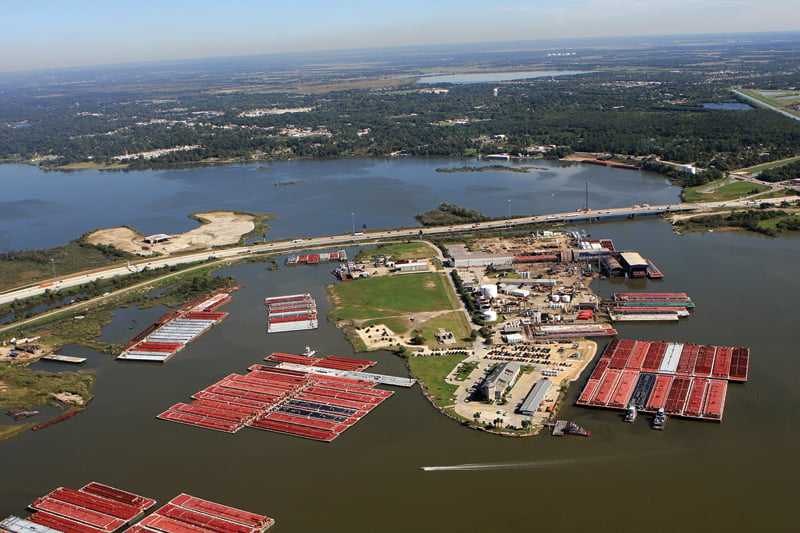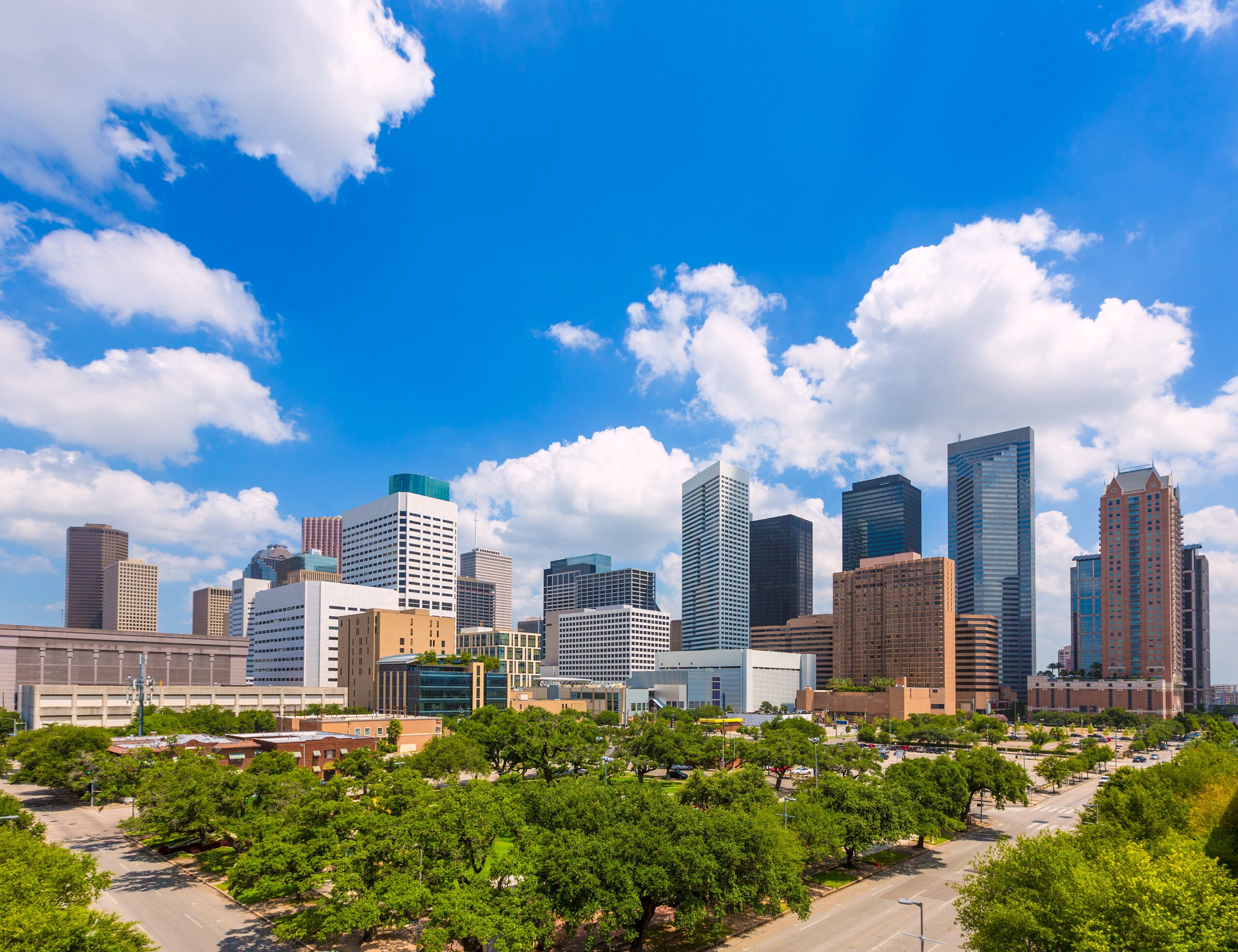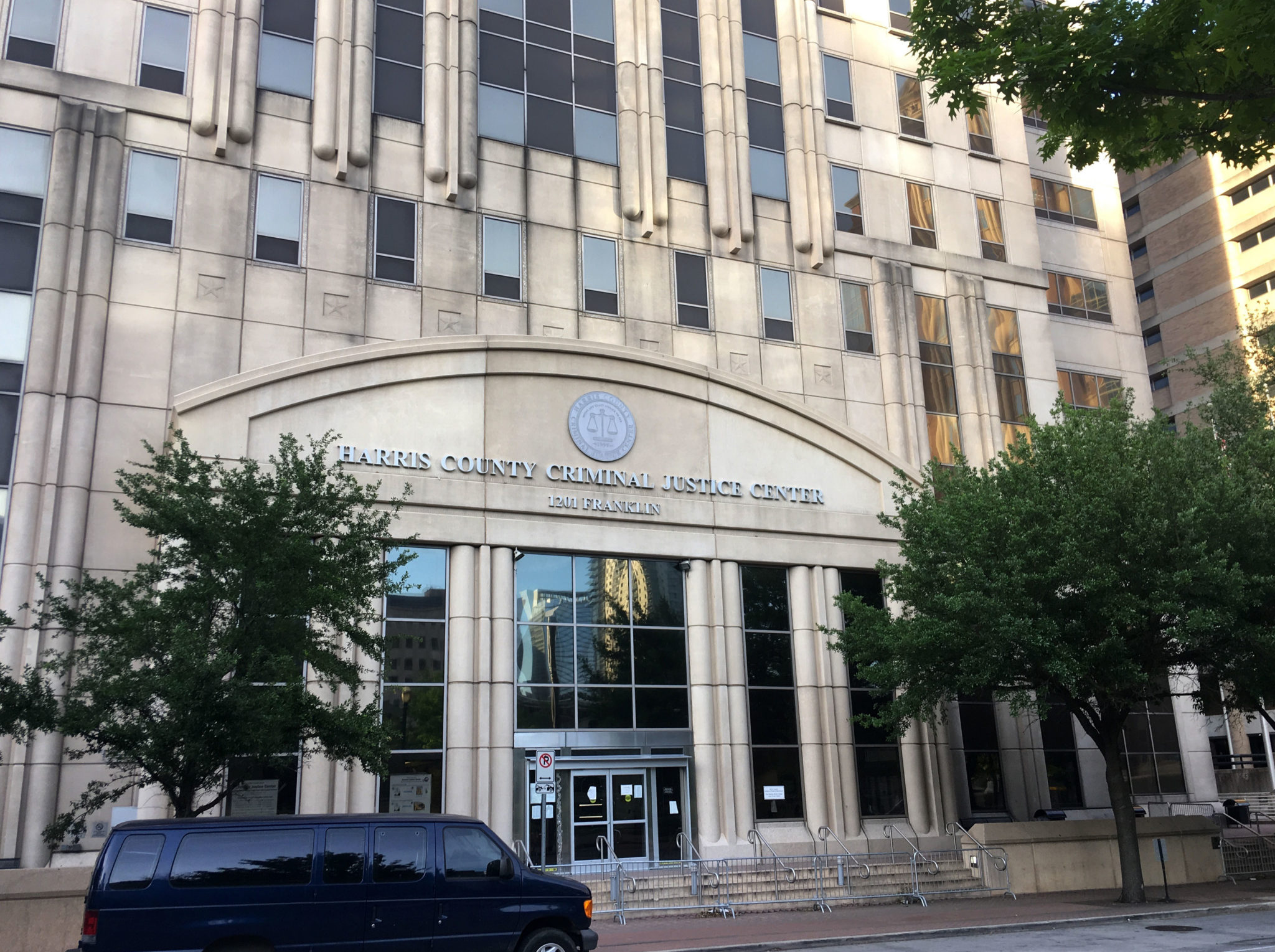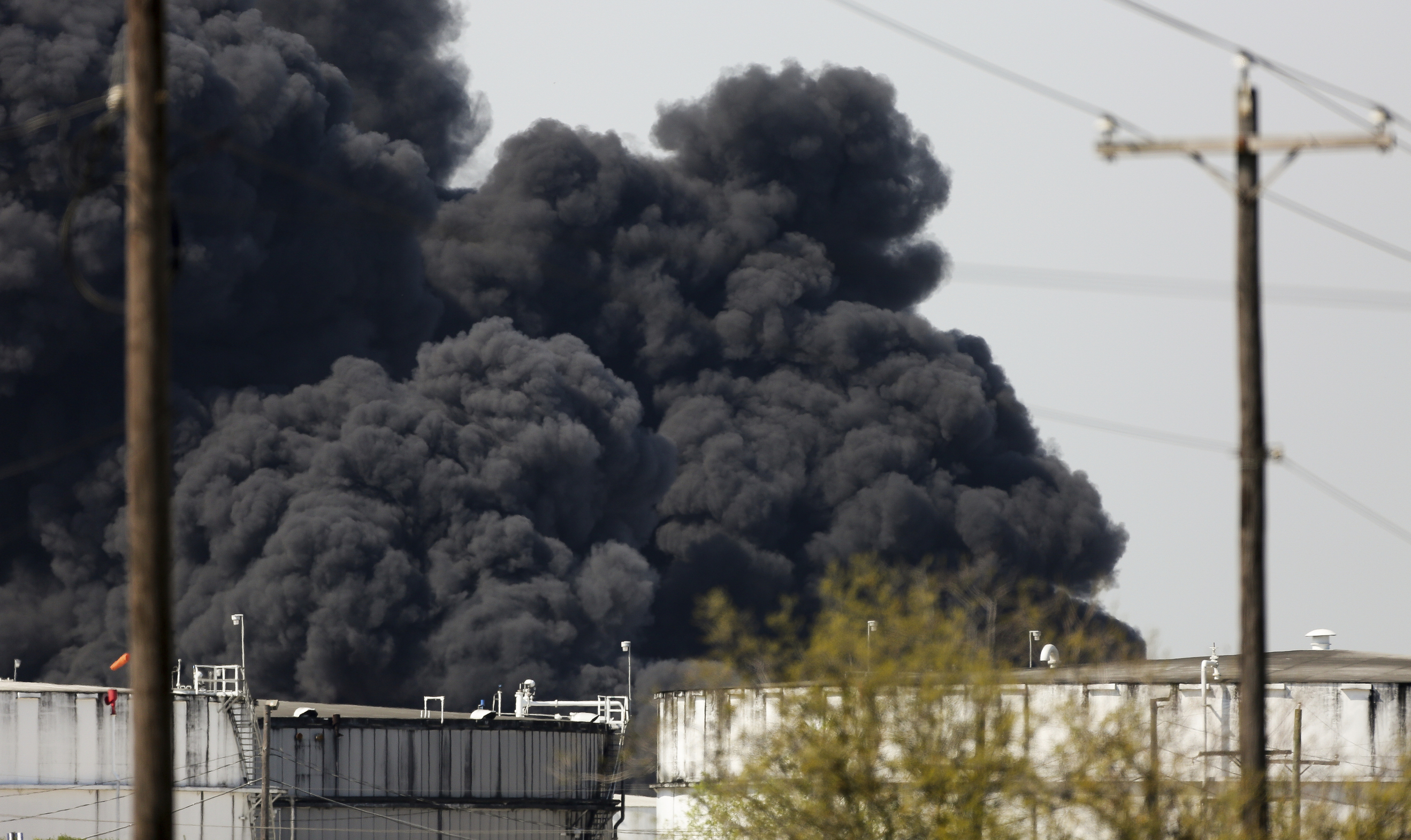
The Battle of the San Jacinto River

A version of this story ran in the September 2014 issue.
Above: A portion of the San Jacinto River Waste Pits site, near the Interstate 10 bridge in Harris County, remains visible as the sandy area in the center left of this photograph.
Not far from the San Jacinto Monument, the octagonal column that marks the site of the battle that brought the Texas Revolution to a close, near where Interstate 10 roars over the San Jacinto River, lies another shrine to Texas’ ambitions: 14 acres of partially submerged dioxin-laden waste leaching into the river and down to Galveston Bay. In a city littered with Superfund sites, the San Jacinto River Waste Pits, as they’re called, have become a signature environmental justice issue.
The EPA is overseeing a contentious debate over what to do with the site. And Harris County is suing the two companies that inherited the mess—International Paper and Waste Management—for $2 billion in penalties for damage it says was inflicted on area residents and the environment over four decades. Nearby communities, Galveston Bay guardians and Harris County authorities want the responsible parties to remove the waste, at an estimated cost of up to $636 million. But International Paper and Waste Management deny any liability and prefer the much cheaper option of capping the waste pits and leaving them in place.
“This is a battle between money and people,” Fred Lewis said. “And it’s going to be a fight until the EPA decides.”
In 2005, the Texas Parks and Wildlife Department finally discovered—or rediscovered—the impoundments while looking into a request to dredge the area for sand. The San Jacinto River Waste Pits were listed as a Superfund site, setting off a continuing struggle over how the site should be dealt with—and who should pay. Texans Together, a Houston-based grassroots group, has helped organize the communities of Channelview, Highlands and Baytown, and pressed the EPA to prioritize the health of the nearly 17,000 people living within five miles of the site. Fred Lewis, president of Texans Together, warns that simply capping the waste and monitoring it is akin to “leaving a loaded gun in the river to blow up sooner or later.” A study paid for by Texans Together and conducted by Texas A&M-Galveston professor Sam Brody concludes that the combination of rapidly rising sea levels, flooding, tropical storms and increased development in the area “make the low-lying San Jacinto Waste Pits extremely vulnerable to inundation and erosive events.”
Supporters of a full remediation scored a big victory in late July when EPA rejected a site study that the two companies had paid for after Harris County Attorney Vince Ryan uncovered evidence that the report’s authors were biased and trying to steer EPA toward options that would leave the waste in the river. EPA isn’t expected to make a decision until 2015.
“This is a battle between money and people,” Lewis said. “And it’s going to be a fight until the EPA decides.”
The Harris County lawsuit is set for trial at the end of September.


